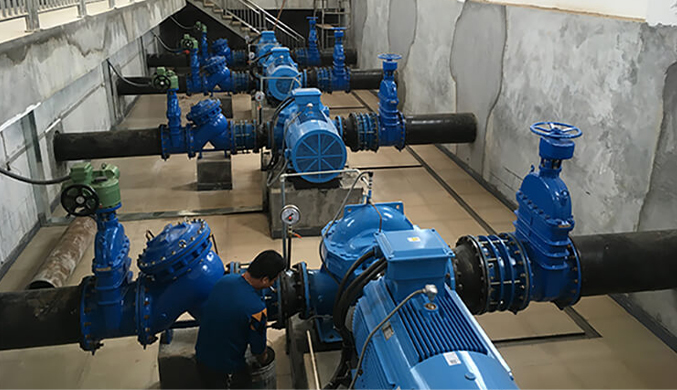Polish
- Afrikaans
- Albanian
- Amharic
- Arabic
- Armenian
- Azerbaijani
- Basque
- Belarusian
- Bengali
- Bosnian
- Bulgarian
- Catalan
- Cebuano
- Corsican
- Croatian
- Czech
- Danish
- Dutch
- English
- Esperanto
- Estonian
- Finnish
- French
- Frisian
- Galician
- Georgian
- German
- Greek
- Gujarati
- Haitian Creole
- hausa
- hawaiian
- Hebrew
- Hindi
- Miao
- Hungarian
- Icelandic
- igbo
- Indonesian
- irish
- Italian
- Japanese
- Javanese
- Kannada
- kazakh
- Khmer
- Rwandese
- Korean
- Kurdish
- Kyrgyz
- Lao
- Latin
- Latvian
- Lithuanian
- Luxembourgish
- Macedonian
- Malgashi
- Malay
- Malayalam
- Maltese
- Maori
- Marathi
- Mongolian
- Myanmar
- Nepali
- Norwegian
- Norwegian
- Occitan
- Pashto
- Persian
- Polish
- Portuguese
- Punjabi
- Romanian
- Russian
- Samoan
- Scottish Gaelic
- Serbian
- Sesotho
- Shona
- Sindhi
- Sinhala
- Slovak
- Slovenian
- Somali
- Spanish
- Sundanese
- Swahili
- Swedish
- Tagalog
- Tajik
- Tamil
- Tatar
- Telugu
- Thai
- Turkish
- Turkmen
- Ukrainian
- Urdu
- Uighur
- Uzbek
- Vietnamese
- Welsh
- Bantu
- Yiddish
- Yoruba
- Zulu
Telephone: +86 13120555503
Email: frank@cypump.com
lis . 25, 2024 20:51 Back to list
exploring the efficiency and applications of mixed flow ...
Exploring the Efficiency and Applications of Mixed Flow Systems
In recent years, the concept of mixed flow systems in various fields has gained significant attention due to its potential to optimize efficiency and enhance performance. This article discusses the principles behind mixed flow systems, their applications across industries, and the efficiency gains they offer.
Understanding Mixed Flow Systems
Mixed flow systems refer to a blending of different flow patterns within a system, allowing for both laminar and turbulent flow characteristics to coexist. This hybrid approach can be seen in various engineering and scientific applications, such as fluid dynamics, chemical processes, and environmental engineering.
The main advantage of mixed flow systems is their ability to optimize processes by leveraging the benefits of both flow types. Laminar flow is characterized by smooth, orderly layers of fluid, which minimize energy loss due to friction. In contrast, turbulent flow involves chaotic fluid movement, increasing mixing and mass transfer rates. By combining these two flow patterns, mixed flow systems can achieve a balance of efficiency and effectiveness that is often unattainable by using only one flow type.
Applications of Mixed Flow Systems
1. Chemical Engineering In chemical reactors, mixed flow systems can enhance the reaction rates by ensuring thorough mixing of reactants. This is particularly useful in processes where temperature and concentration gradients need to be minimized to achieve uniform reaction conditions. For instance, in continuous stirred-tank reactors (CSTRs), introducing a mixed flow pattern can lead to better performance in large-scale production.
2. Water Treatment Mixed flow systems are widely utilized in wastewater treatment plants. In processes such as aeration and sedimentation, mixing different flow patterns can improve the efficiency of contaminant removal. The combination of turbulent flow for effective mixing and laminar flow for sedimentation ensures optimal treatment results while minimizing energy consumption.
exploring the efficiency and applications of mixed flow ...

3. HVAC Systems In heating, ventilation, and air conditioning (HVAC) applications, mixed flow fans are commonly used. These fans combine axial and centrifugal flow principles, allowing for greater efficiency in air movement. The unique design of mixed flow fans enables them to deliver higher pressures at lower noise levels, making them ideal for residential and commercial buildings.
4. Pumping Systems Mixed flow pumps are engineered to handle a wide range of flow conditions. They are particularly advantageous in situations that require high flow rates with moderate heads. The adaptability of mixed flow pumps allows for their use in agricultural irrigation, municipal water supply, and industrial applications.
Efficiency Gains from Mixed Flow Systems
The implementation of mixed flow systems can result in considerable efficiency improvements across various processes. The ability to tailor flow characteristics according to specific operational needs leads to reduced energy consumption, increased output, and enhanced overall performance.
For instance, in chemical processes, the enhanced mixing achieved through mixed flow patterns can lead to faster reaction times, which translates to shorter production cycles and lower operational costs. Similarly, in water treatment, improved contaminant removal rates mean that facilities can operate more effectively, reducing the need for additional resources.
Moreover, the energy efficiency of mixed flow designs, such as mixed flow fans and pumps, contributes to lower operational costs and reduced environmental impact. As industries increasingly prioritize sustainability, the adoption of mixed flow technologies aligns with global efforts to minimize carbon footprints and optimize resource usage.
Conclusion
The exploration of mixed flow systems reveals their substantial impact on efficiency and performance across various applications. From chemical engineering to water treatment and HVAC systems, the benefits of combining laminar and turbulent flow patterns are evident. As technology continues to advance, the integration of mixed flow principles will likely play a crucial role in developing more efficient and sustainable systems, shaping the future of engineering and industrial processes. Embracing these innovations can lead to significant gains in productivity, cost savings, and environmental stewardship.
-
Custom Drilling Mud and Slurry Pump Supplier - High Efficiency, Tailored Solutions
NewsJun.10,2025
-
Supply Vertical Submersible Sewage Pump High-Efficiency WQ/QW Pumps Supplier
NewsJun.10,2025
-
Premium Sewage Ejection System & Pumps Efficient Waste Removal
NewsJun.09,2025
-
Premium Wholesale Slurry Pump Impellers Durable & Efficient Slurry Handling
NewsJun.09,2025
-
Top Sewage Pump Companies Durable Industrial Solutions for Efficiency
NewsJun.09,2025
-
Heavy Duty Slurry Pumps - OEM High Performance & Bulk Wholesale
NewsJun.09,2025










